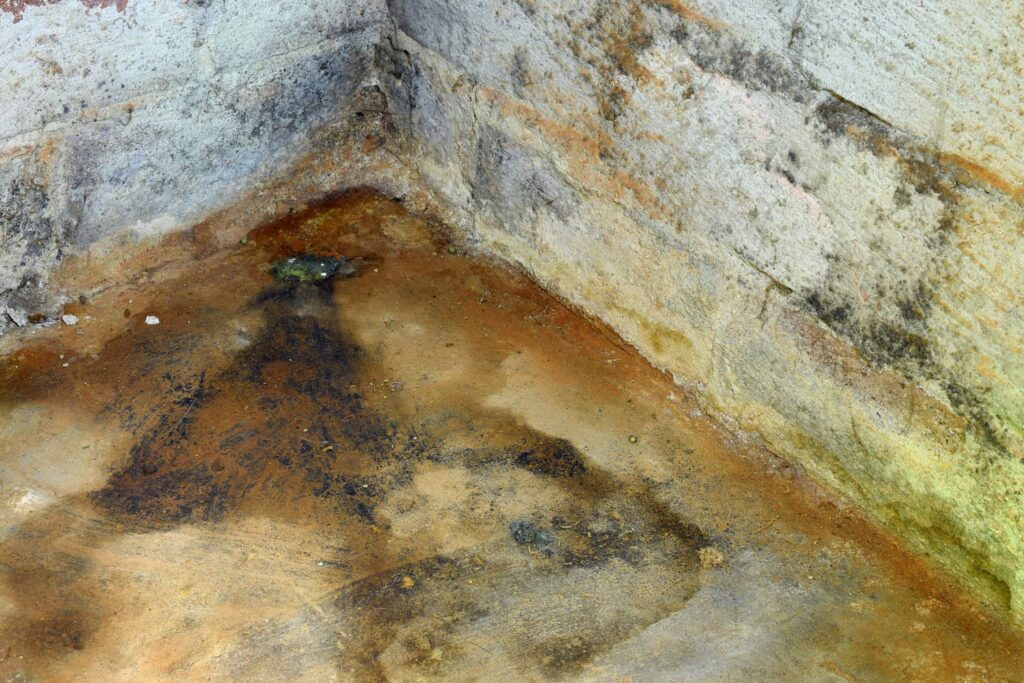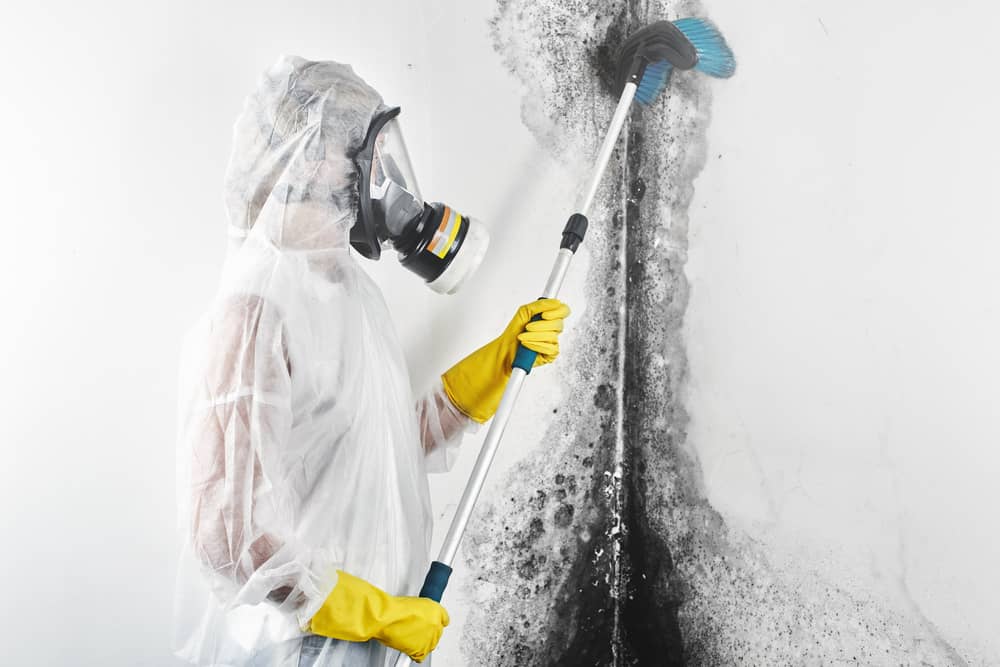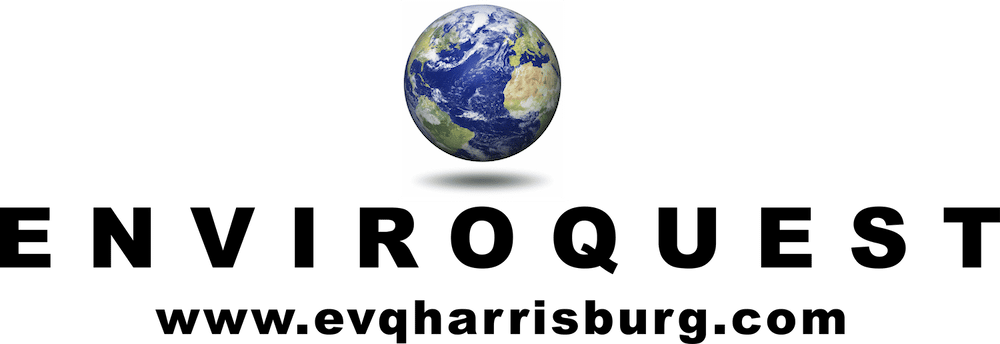Mold is something we don’t want to have in our home. Many people are affected by the spores and depending on the ones present, they can cause upper respiratory issues. Mold is found in any part of the house where it is damp. Can mold in basement affect upstairs? Yes, if there are other areas of the home that are damp and the mold spores grow, they can travel through the vents and upstairs.

Why Mold Likes the Basement
Mold doesn’t grow in homes that are low humidity. In fact, mold thrives in areas that are a moist or damp environment, nutrients that it can feed on, and a surface that it would like to grow on. Also, mold spores will be airborne as long as there is air to carry them.
The basement is the area of the home that is dark, wet, and has materials that mold spores like to grow on. These are carpet, wood, and concrete. Also, the basement is not cleaned as much as other areas of the home so the mold often is not noticed early on. When you clean your sump pump, this is a good time to check the drain lines and the basin for mold. If you find any mold, take care of it right away before it causes health problems.
Unfortunately, mold can travel from the basement and affect upstairs. It can spread quickly and one way it does this is in the walls or under the carpet. It is not easily detected. Another way that mold spreads is through the air conditioner or through the heater. Mold can start growing in the air ducts and then go to the upstairs of the home.
How to Prevent Mold From Spreading
You can stop the spread of a mold problem through the rest of the house by keeping your home well ventilated. Additionally, keeping it dry and controlling the levels of dampness and moisture levels. The Center for Disease Control (CDC) recommends:
- Fix any areas of the home that allows water to leak in such as windows, pipes, or leaky roofs. Water damage will contribute to the growth of mold.
- Floods – if you have flooding, make sure you dry everything.
- Ventilation – this is important in the kitchen, bathroom, and laundry rooms.
- Humidity – keep humidity levels low and between 30-50%. Use of a dehumidifier or air conditioner will be helpful.
- Moisture – carpet is nice in some areas of the home, but avoid carpeting areas of high moisture such as basements and bathrooms
What Does Mold Look Like in The Basement
The basement is an area of the home that is usually damp and often a musty smell will give away the growth.If you find black mold, you can start removing it. A small patch, no bigger than 10 square feet can be cleaned and removed. However, if it has spread to an area like carpet, you will need a professional.
Health Risks of Basement Mold
Basement mold can cause health risks in certain individuals. Those most at risk are elderly, children, those with mold allergies, and asthmatics. Some of these health issues are:
- Respiratory issues – shortness of breath, stuffy nose, coughing, sneezing, or blocked nose.
- Eye and skin issues – eyes are itchy, red, and there may be rash-like symptoms.
- Asthma – asthma attacks and issues
If you have any of these issues and don’t have a diagnosis of a mold allergy, see a doctor so allergy tests can be run. This will help determine if you have an allergy to mold and you will keep an eye out for it in your home.

Types of Mold Found in the Basement
There are many types of mold growth that you may find in the basement. They come in an array of textures and colors. You may not know what they are unless you are a professional so seeking assistance is recommended.
Here are some of the most common types:
- Chaetomium: this is a white mold, but then changes to grey then brown and then black over time. It is fluffy and looks like cotton.
- Aspergillus: most common mold in the U.S. and comes from a family of over 185 species. It comes in many colors and textures.
- Alternaria: this one is a velvet texture and has brown or dark green hairs that grow on it.
- Cladosporium: suede like texture and it is brown and olive-green colored mold.
- Penicillium: blue and green and a texture that is like velvet.
- Stachybotrys: this is black toxic mold, not usually found in homes as it requires a lot of moisture. It has a green-black color and slimy.
How to Get Rid of Basement Mold
If you have mold and it is a large area (over 10 square feet), then you need to call a professional to look at it. If it is a smaller area, you can get rid of it on your own. However, you do want to make sure that there is not a moisture issue in the home causing the mold. If you find out there is a bigger issue, contact a professional mold remediation company to help.
Mold Removal and Cost

When calculating the cost to remove mold from your basement, it can depend on many things. One of those is the location of the mold and how much there is. Also, any moisture issues that need fixing in the home, and if you need mold remediation by a professional or not. If you do need to use a professional, it is a wide range from $600 to $3,200. If the mold started because of foundation sealing issues, this can cost $2,200 to over $6,000.
Remember, that if the mold is a small area, less thank 10 square feet in total (3 feet by 3 feet), you can clean it yourself and save a lot of money.
Recommended Maintenance
Sometimes homeowners try to add things to the home in hopes it will help with mold. One of those is a humidifier. Unfortunately, a humidifier can cause mold if it is not cleaned or moisture levels are too high. Maintaining a humidifier is important if you choose to have one so you can keep mold at bay.
Next, closets can be an issue. Closets are typically small, dark places so mold likes this type of area. Making sure that you have wire shelves instead of wood will help. Also, cardboard, wood, fabric, carpet, and drywall are all present in a closet, thus providing a breeding ground for mold.
Lastly, if you find that your home does need mold remediation, it can take 48 hours up to a few weeks. The reason why the span of time is so wide is that it depends on what kind of mold, mold damage, length of removal, and when you can get a re-inspection for mold.
When to Contact a Professional
Getting rid of the mold in the basement is important as it can affect the upstairs. This can be through a variety of avenues. The key is to keeping the humidity low and taking the time to maintain the home and look for any leaks that may have started. Many home inspection companies also test for mold so finding one that does will be helpful. Also, if you aren’t sure you can get the mold out of carpet or other areas, seeking a professional will help too.
Conclusion
Unfortunately, we know that mold can travel to the upstairs from the basement. Keeping the humidity low in the home, watching out for water leaks (and fixing them) and maintaining the air conditioner are all great ideas to keep the mold away. A local home inspection company that takes a look for mold would be helpful. Call on Enviroquest Home Inspections for a mold inspection and complete home inspections in Harrisburg, PA.
